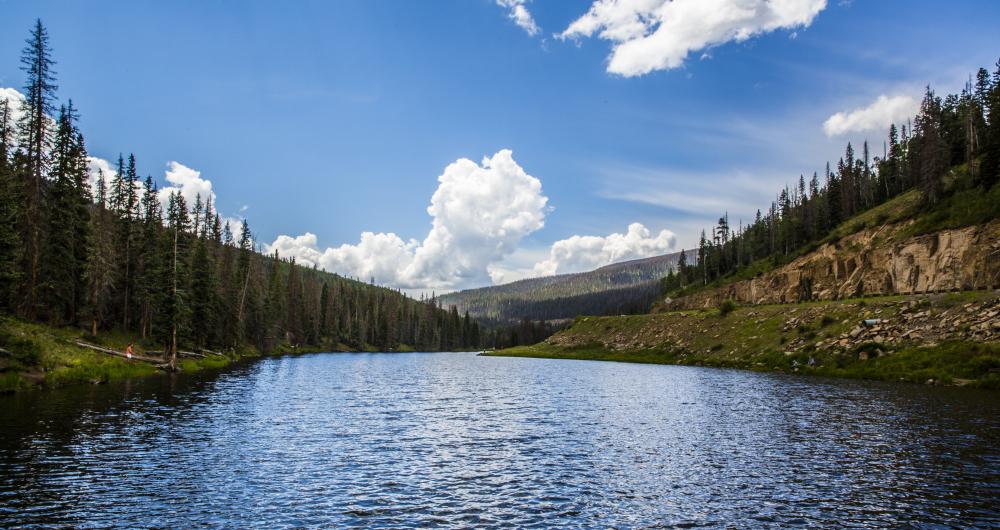If you're craving a rejuvenating mountain escape with hot springs and amazing views, I can’t recommend Pagosa Springs enough. I’ve soaked in its riverside pools, hiked misty trails, and felt completely restored every time I’ve visited. “Some places make you feel like you’ve slowed down without losing time.”
Whether you’re unwinding in mineral waters or catching fresh powder on the slopes, you’ll find that Pagosa offers the kind of peaceful adventure you didn’t know you needed.
Pagosa Springs, CO Highlights:
- Soak in the world's deepest geothermal hot spring: I’ve spent hours moving between pools at The Springs Resort & Spa—and trust me, you’ll leave feeling brand new. You can also try Overlook Hot Springs or Healing Waters if you’re after something cozy and low-key.
- Ski or snowboard at Wolf Creek Ski Area: If you're into snow, I say head here. I loved the powder and no-crowd vibe—plus, it’s just 30 minutes from town.
- Hike to Treasure Falls: I took the short hike up to this waterfall and it was pure mountain magic. You’ll hear the roar before you see it, and it’s an easy walk with a big payoff.
- Explore downtown galleries and restaurants: I always make time to browse the art galleries and try local spots for lunch. You’ll find everything from handmade crafts to delicious New Mexican-inspired dishes.
Best Things to Do in Pagosa Springs, CO in a Day
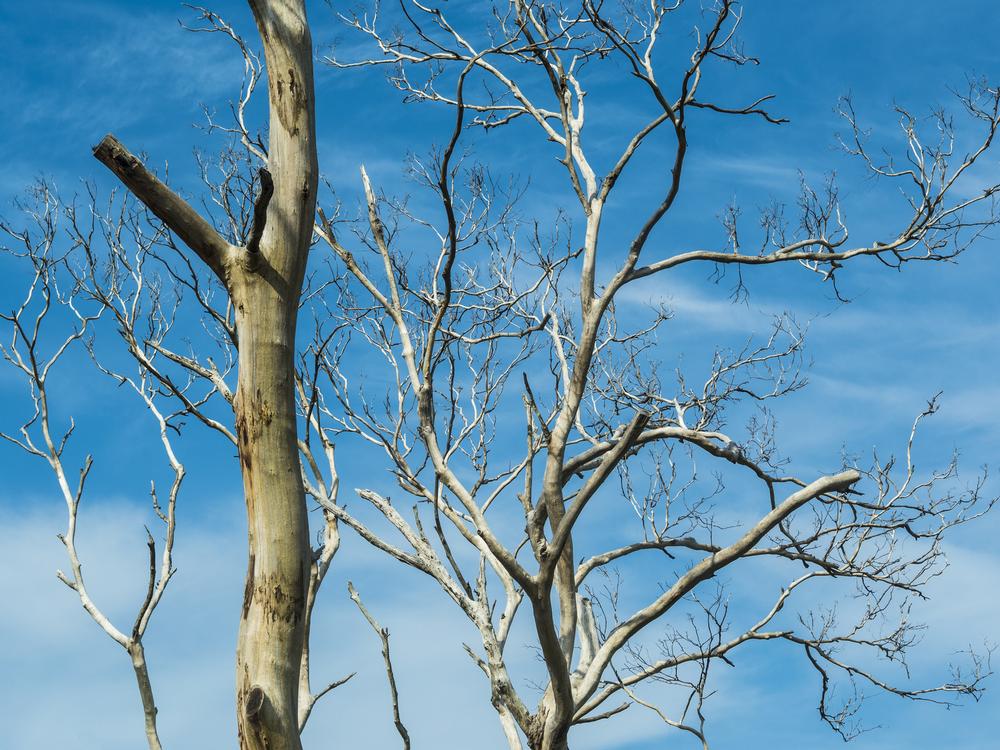
Courtesy of Paul - Fotolia.com
Reservoir Hill Park
I started the day hiking Reservoir Hill Park, a wooded knoll right in town that rises just enough to offer wide views of the San Juan Mountains. The trails crisscrossed through ponderosa pines, soft with needles and the scent of sun-warmed bark. I followed a switchback up to a quiet overlook and watched steam curl up from the hot springs below like signals from a secret world. The air was crisp, the quiet kind. Just birds, breeze, and my own breathing.
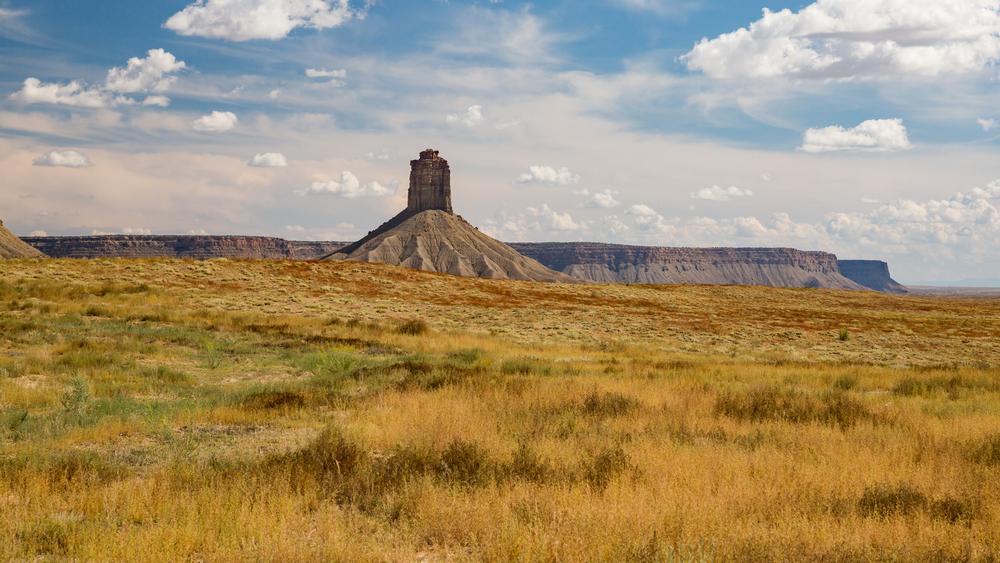
Courtesy of oscity - Fotolia.com
Chimney Rock National Monument
A short drive from town led me to Chimney Rock National Monument, where ancient Puebloan ruins cling to mesas and twin rock spires frame the sky like a portal. The guided tour was steep in spots, but worth every step. I stood in the Great House Pueblo and imagined ceremonies timed to the lunar standstill. It smelled like sage, sandstone, and the edge of something sacred. “People lived by the stars here,” I thought, trying to imagine a time before cell service and sunscreen.
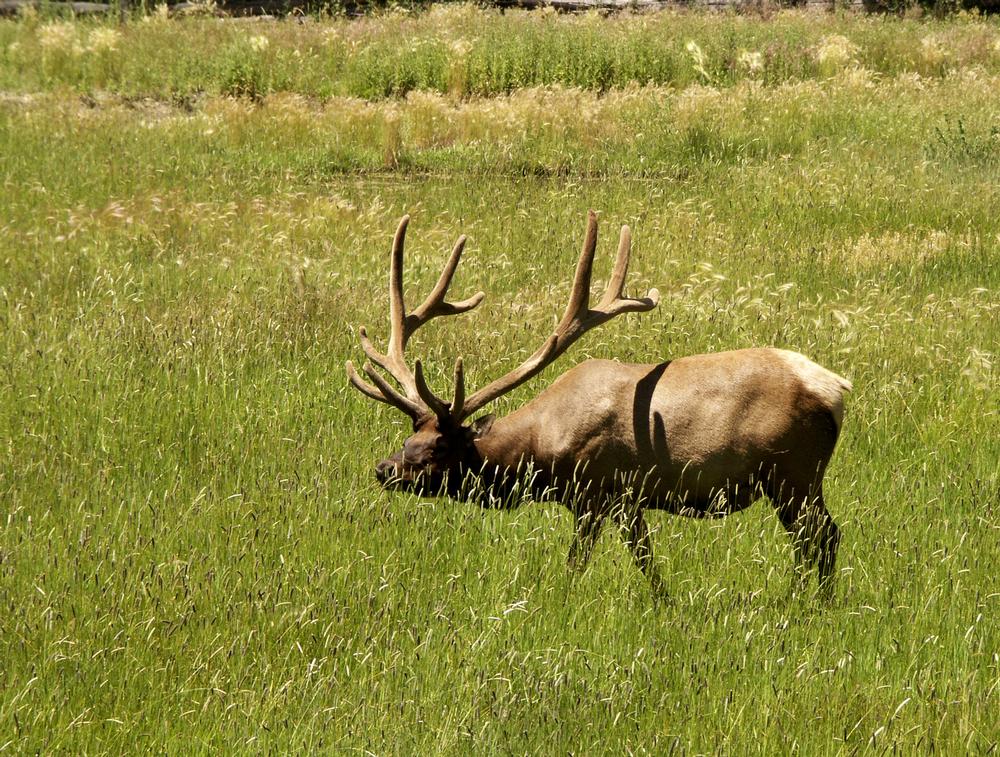
Courtesy of John Sfondilias - Fotolia.com
Rocky Mountain Wildlife Park
Back in town, I visited the Rocky Mountain Wildlife Park, a small refuge tucked into the hills that houses bears, wolves, mountain lions, and elk. These are animals that once roamed freely through these valleys, now living in large enclosures with care and stories. A zookeeper talked about each animal by name, sharing how they arrived—rescued, injured, or unreleasable. It smelled like hay, fur, and pine. I watched a black bear nap in the sun with one paw over its face. We had that in common.

Courtesy of andersphoto - Fotolia.com
San Juan Historical Museum
The San Juan Historical Museum brought a different kind of wild—old mining tools, frontier kitchenware, and handwritten ledgers from a time when the streets were dirt and fortunes were dug. The exhibits felt personal, like someone had sorted them with a neighbor’s care. The log cabin structure creaked softly as I walked through, and the faint scent of mothballs and history lingered. A volunteer told me about the town’s geothermal roots and handed me a pamphlet like she was sharing a family recipe.
Higher Grounds Coffee
For a mid-day pause, I stopped at Higher Grounds Coffee, where locals queued up for oat milk lattes and teens sprawled in corner booths with laptops. I ordered a honey cinnamon latte and a warm cheddar scone, then settled by the window. The drink was creamy and spiced just right—the kind that makes you close your eyes on the first sip. It smelled like espresso, baked sugar, and Colorado pine drifting in from the open door.
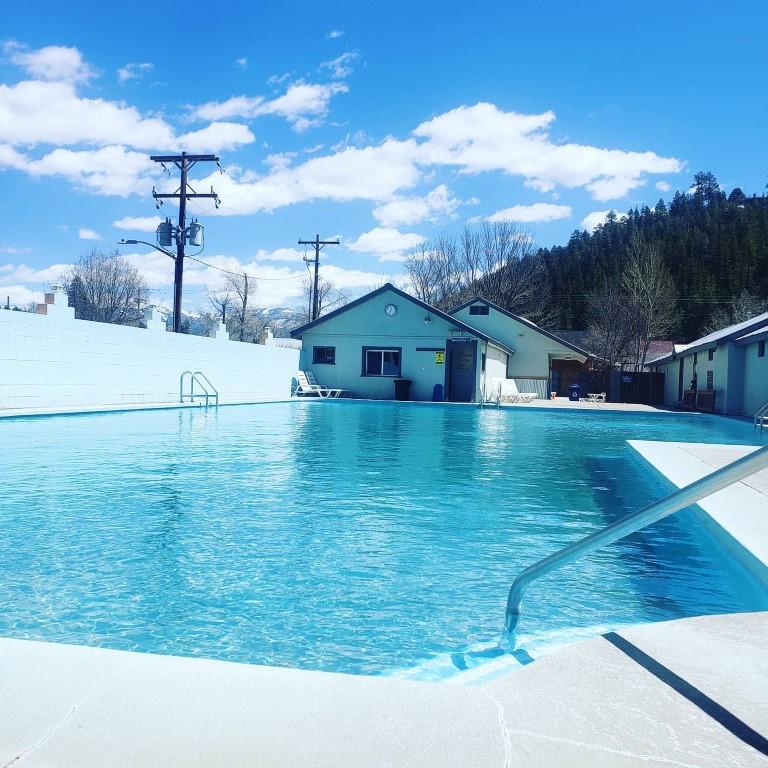
Healing Waters Resort and Spa
Healing Waters Resort and Spa
In the late afternoon, I soaked at Healing Waters Resort and Spa, one of the town’s beloved hot spring spots. The mineral pool was steaming in the open air, the water naturally warm and faintly sulfuric but not unpleasant. I floated, arms out, watching clouds tumble above the ridgeline. A few locals chatted nearby in soft tones. It smelled like warm stone, steam, and eucalyptus from the spa next door. Every muscle unclenched without asking permission.
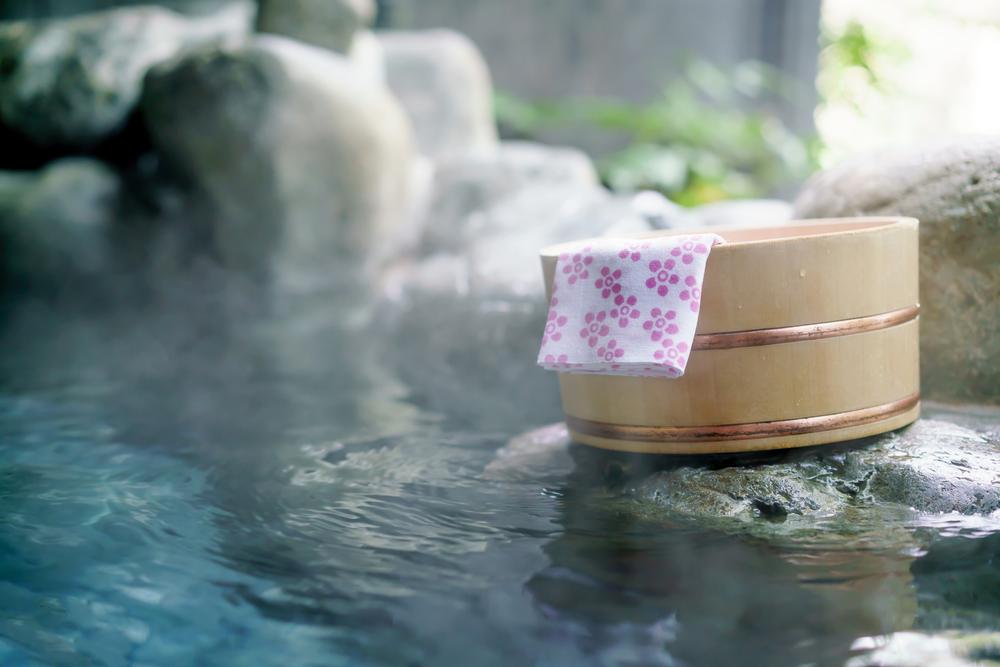
Courtesy of naka - Fotolia.com
Overlook Hot Springs Spa
Just before dinner, I visited Overlook Hot Springs Spa—this time for the rooftop tubs. I climbed the spiral staircase, wrapped myself in a towel, and slid into a private tub overlooking downtown. Steam rose in tendrils as the sun dipped behind the mountains. Lights blinked on in little storefronts below. The water was hotter here—bracing at first, then absorbing. It felt like sitting inside a story you didn’t want to end.

Pagosa Baking Company
Dessert at Pagosa Baking Company
I closed the day at Pagosa Baking Company, a cozy downtown bakery that smelled like vanilla and ambition. The case was full of flaky croissants, cream pies, and rustic quiches. I ordered the cherry almond tart and sat under a string of lights on the patio. The crust was buttery and golden, the filling just tart enough to make me pause between bites. A dog napped under a nearby table. Someone played soft guitar down the block. It was the kind of night you try not to ruin by checking your phone.
Pagosa Springs At a Glance
- Drive Time from Durango, CO: ~1.5 hours east
- Vibe: Rustic calm meets geothermal glow
- Highlights: Ancient ruins, forest trails, wildlife encounters, hot springs
- Best Time to Visit: Fall for golden aspens and uncrowded soaks; winter for hot springs under snow
- Cost: Low to moderate; most parks and museums are affordable or donation-based
- Hours: Hot springs open late; most museums and cafés close early evening
- Address Base: Start in downtown Pagosa Springs and explore outward in loops
Best Time to Visit Pagosa Springs, CO
I’ve been to Pagosa in every season, and honestly—it depends on what you want. If you love skiing, you’ll want to come in winter (December–March). I like visiting in summer (June–August) for hiking, tubing, and music festivals. You’ll see brilliant foliage in fall, and if you’re into whitewater, spring is great for rafting thanks to the high river flow.
How to Get to Pagosa Springs, CO
- If you are traveling by car: I usually drive in on US-160—it’s scenic and relaxing. You’re about an hour from Durango or 4.5 hours from Albuquerque if you’re up for a road trip.
- By Plane: I’ve flown into Durango-La Plata County Airport (DRO) and rented a car from there—it’s just about an hour to Pagosa. Flights come in from Denver, Dallas, and Phoenix.
- By Shuttle: If you’re not driving, shuttle services from Durango make it easy. I’ve used one before and it was convenient and stress-free.
Where to Stay in Pagosa Springs, CO
- The Springs Resort & Spa – I splurged on a stay here once and it was worth every penny. You’ll love the 20+ pools, mountain views, and the easy walk to everything downtown.
- Healing Waters Resort – I stayed here another time for a more budget-friendly experience, and you still get hot springs and massage options—it’s a great value.
- Wyndham Pagosa – If you’re traveling with family or want more space, this resort has lakes, trails, and golf nearby. I found it perfect for a relaxed, extended stay.
Final Thoughts
Pagosa Springs isn’t a place you rush through. It teaches you to sit longer, walk slower, and breathe deeper—preferably in 104-degree water. I left with trail dust on my shoes, hot springs minerals on my skin, and a half-eaten tart in a paper bag I didn’t intend to share. In a world that runs hot, Pagosa warms differently—quietly, completely.


